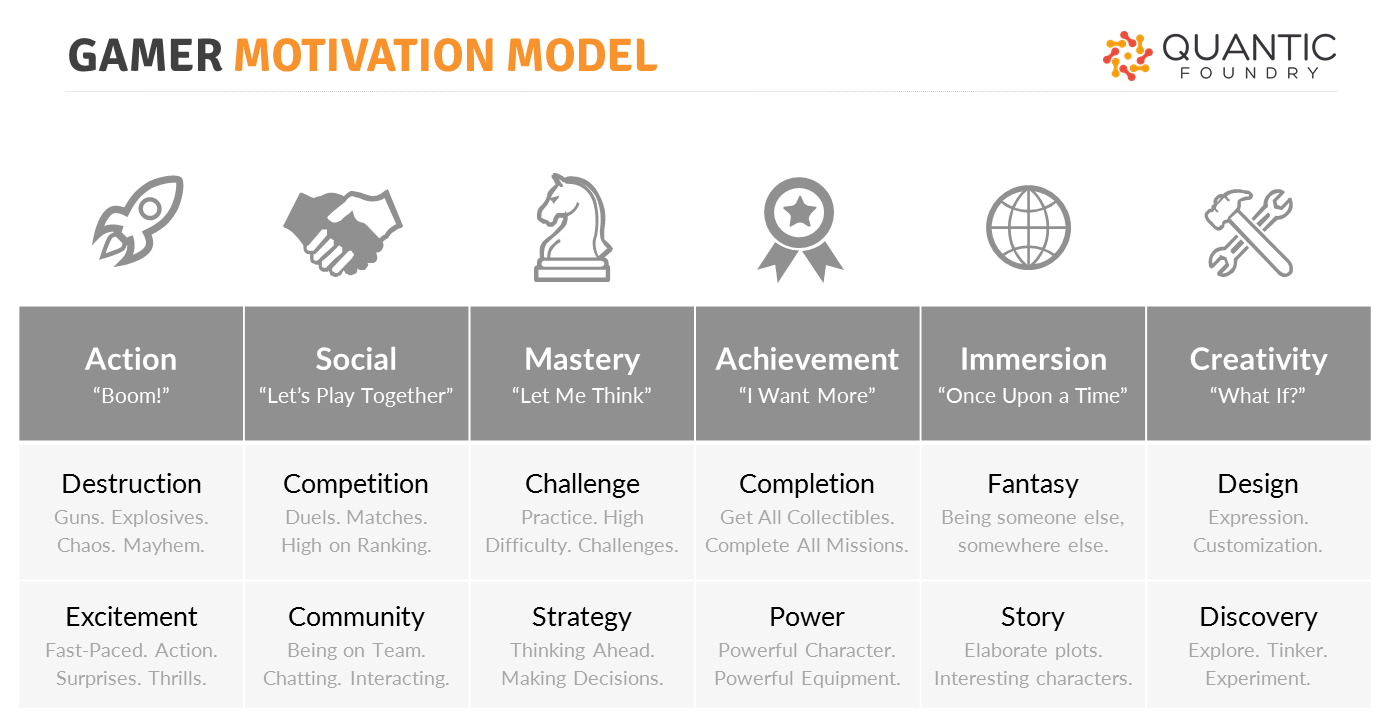First impressions matter now more than ever.
Each year more than 5,000 tabletop games are released.
Today, we are flush with choice when looking to find our next favourite game. However, with each new release, the opportunity cost for playing any particular game is getting higher and higher.
When faced with so much choice, our expectations about the quality of the games we play goes up (the so-called paradox of choice). If a game doesn’t deliver on the very first play, it may be a hard sell to get it to the table again.
Many designers have observed this trend and have worked out ways to ensure that the all important first play of a game is a good one - that is, one that is consistent with the experience they are trying to deliver. The point being that a good first play should lead to players wanting to play it again.
One key way to achieve this is to focus on reducing the amount of variability in the your games’ core systems.
Here are three such ways you can do this:
Key mechanisms: Some game have a large number of mechanisms (perhaps featured on different cards), but in any given game the players only use a small subset of them (i.e. Magic the Gathering or Dominion).
Reducing the number of mechanisms in your game means that any given experience of it will more reliably feature each one. And if you tie your end game to something like the deck of cards running out, then you can ensure that all of the surprises your game has to offer will feature, but the order of when they appear will still be variable.
Scoring: In many of the games I enjoy there is often a large disparity between the relative value of its actions (what you can do each turn). Often I find that the thrill of a strong turn outweighs the drudgery of a weaker one. But this type of swinginess can make for a less reliable experience. A game’s scoring can be ‘flattened’ by ensuring that that each action available to your players more or less scores them the same amount of points (these games are often called point salads). With this approach, the final scores will be close and this is often seen a hallmark of good design.
Modularity: Some games feature a highly modular set-up - or several distinctly different modes of play. Eliminating different modes, or reducing set-up modularity will help reduce your games variability.
However, a reduction in your games varaibility can also have other, perhaps unintentional, impacts on how different players see your game.
As a gamer primarily motivated by creativity and the ability to explore, discover and experiement, I personally find that a game’s variability is where most of the game’s depth and character are.
Typically, for me, a game’s variability is what makes it highly replayable. Ironically, reducing it often has the opposite effect than what was intended.
Now let’s consider some other gamer types and how this such a design focus may impact them:
Action - For players driven by action, less variability may be a positive if it leads to faster play times (and less downtime between turns). However, it will likely also undercut a game’s excitement factor in that there are less surprises in the game, especially beyond the first play.
Social - For socially motivated players, less variability may be a positive thing. For those who play games in competitions, this may allow them to find and perfect best-play strategies and execute them with more regularity.
Mastery - For players motivated by mastery, lower variability may be a downside if the breadth of the challenge presented by the game is also reduced. Although, a smaller number of systems may also make mastery of the game more feasible.
Achievement - For players motivated by achievment, reduced variability may be a positive in allowing them to more readily complete objectives and achieve a good score. However, this sense of achievement may be short-lived if the player feels like the game is playing them and not the other way around.
Immersion - For player motivated by the themes, fantasies and stories of games, a reduction in variability is almost certainly a bad thing as it curtails the ability of the game to present elaborate and intricate plotlines, likely reducing the game’s overall sense of immersion.
